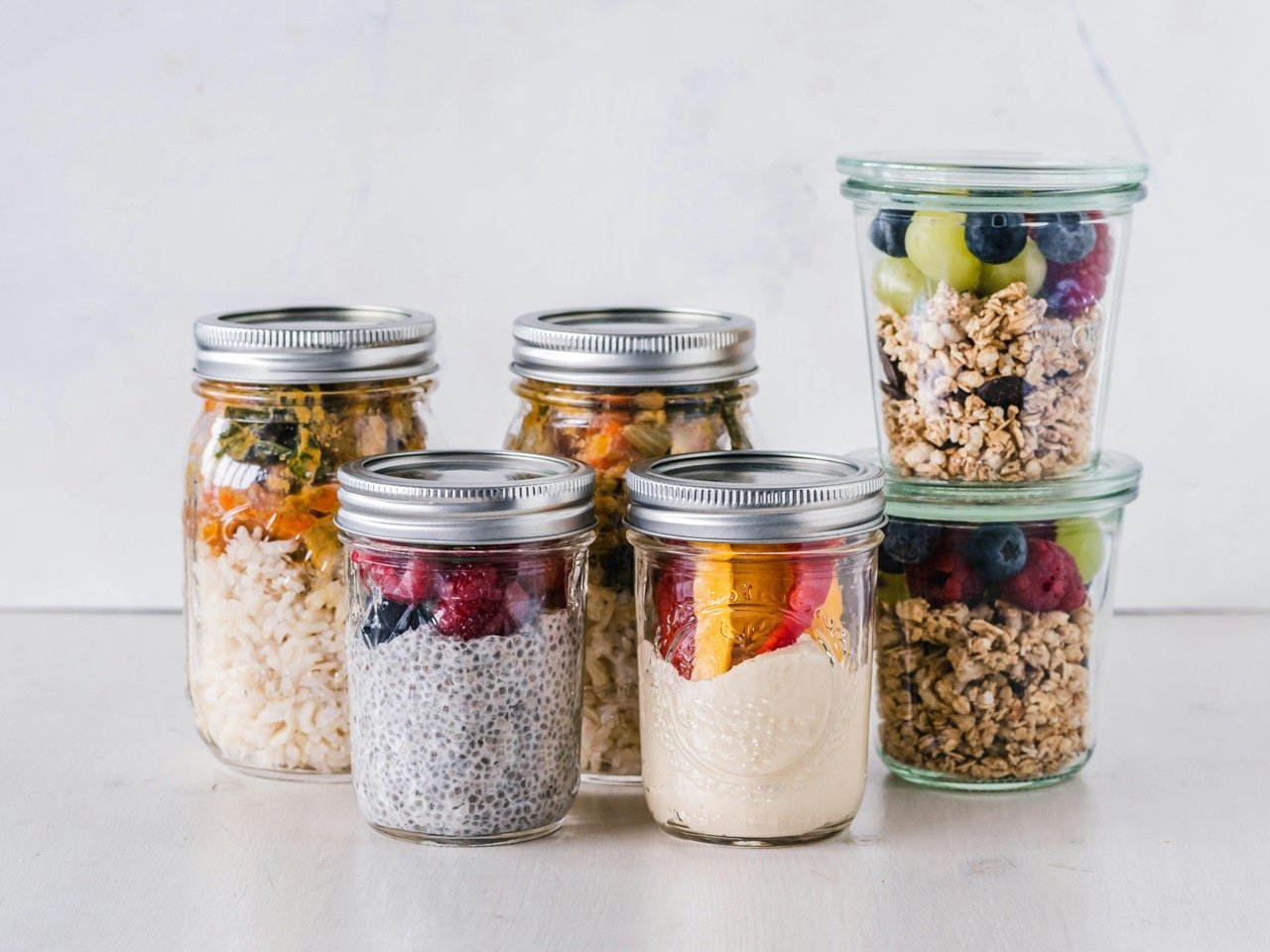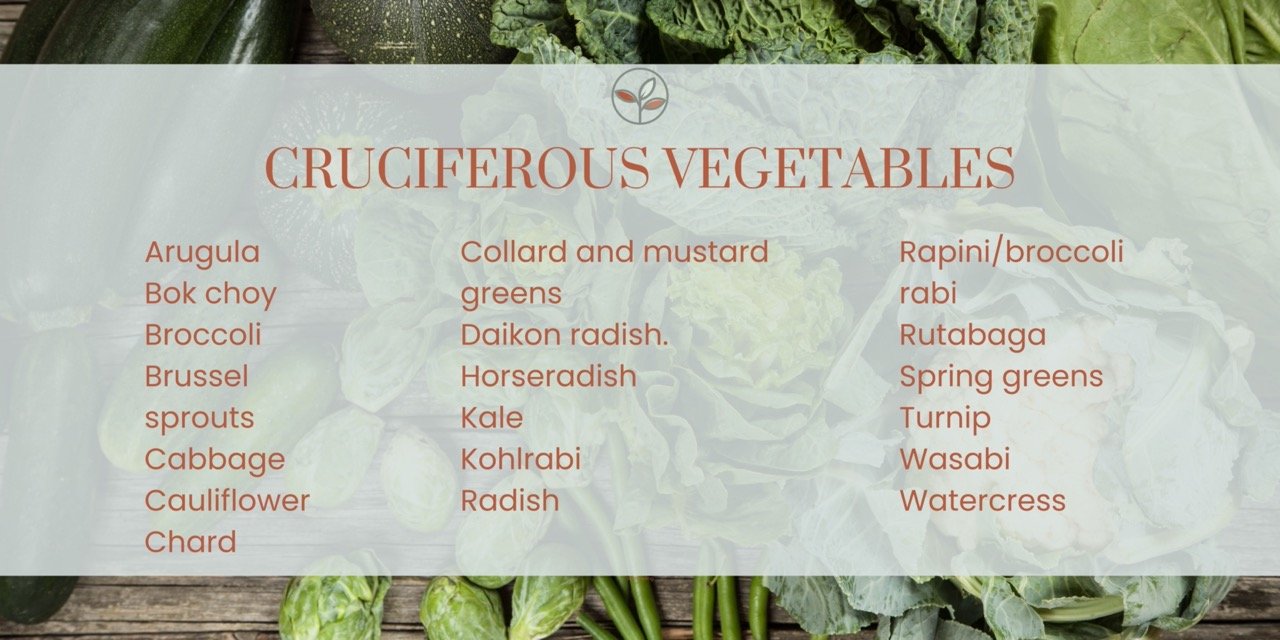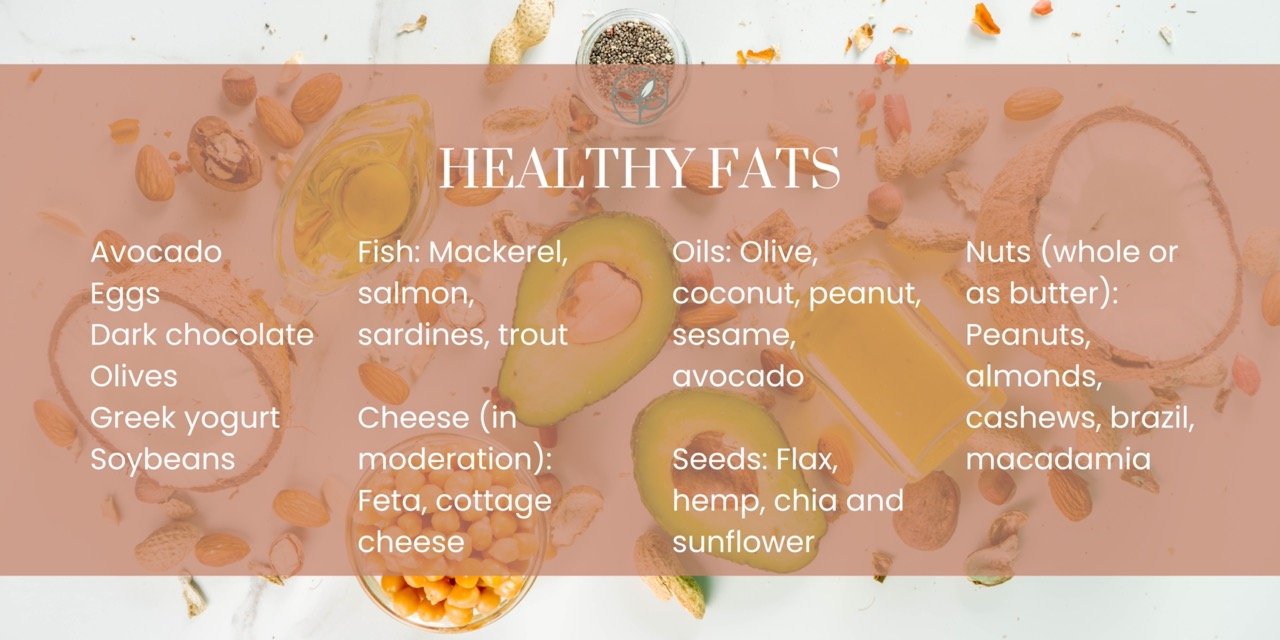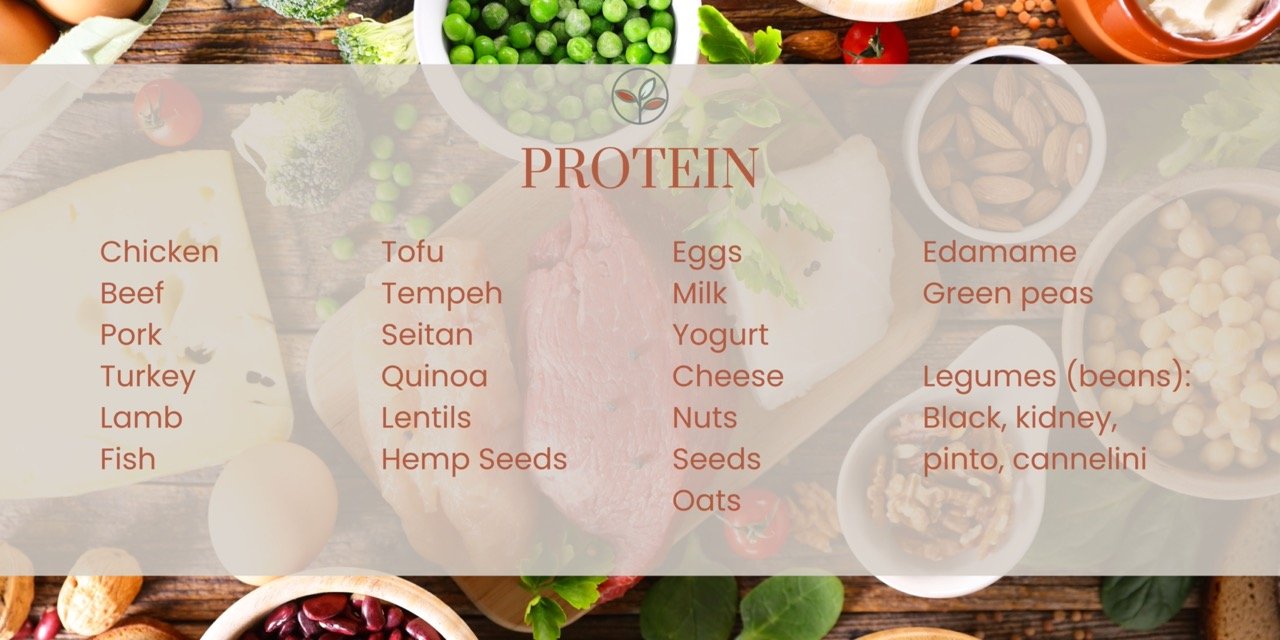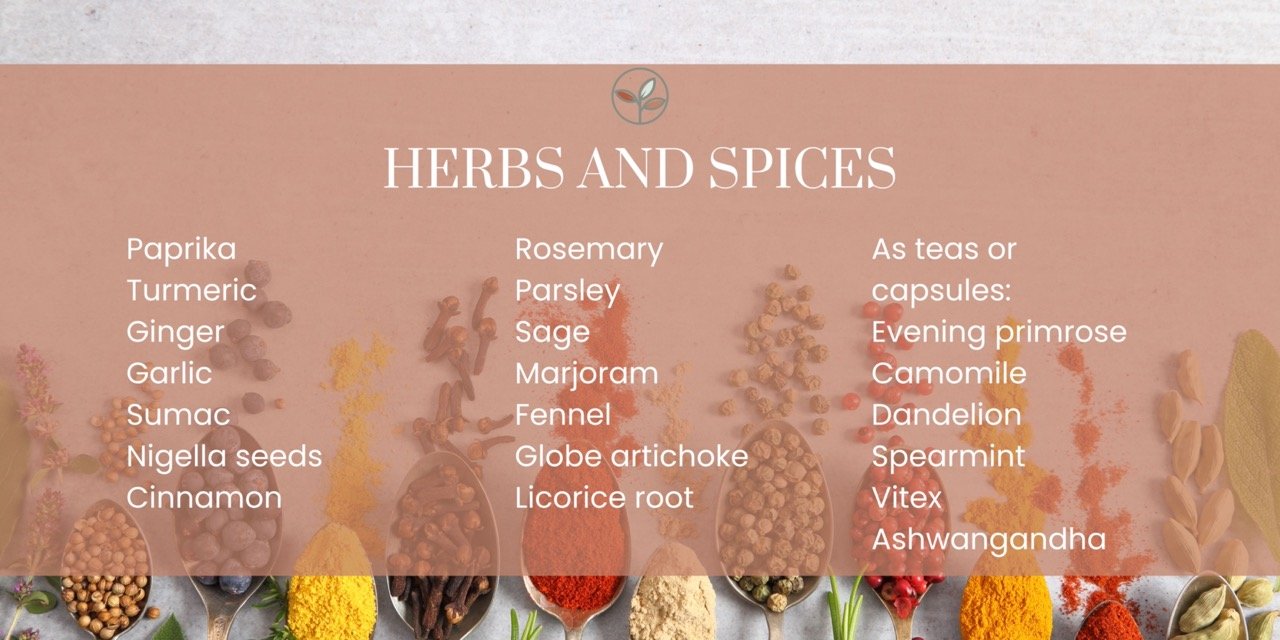4 'MAGIC' FOODS YOU NEED TO SUPPORT HORMONES AND METABOLISM
As a health, fitness and nutrition coach, I get a lot of women coming to me with what they call a ‘slow metabolism’. Why many people care and bring up this issue is usually due to desiring weight loss or fat loss, however, there are many roles your metabolism plays in your health that are important to know including, converting food and drink into energy to sustain life and bodily functions like building and repairing the body and getting rid of waste (all of which are directly affected by hormone regulation playing a role in fat distribution, appetite and energy burning).
A big factor at play in hormone regulation is diet. Our coaches work with clients to build an online nutrition plan - this may be an option for you in the future but for now, I’ll break it down into 4 main foods to support your hormones and metabolism: (make sure you read until the end for my sample daily menu!)
Cruciferous Vegetables Help to Balance Hormones
A weird name for a group of vegetables but did you know the name derives from them having four leaves and therefore looking like a crucifix?
Also known as Brassica vegetables, the group mainly consists of dark leafy greens and other nutrient dense vegetables. As a nutrition coach, I like to simplify food groups for clients because I know how busy you all are. An easy measure of nutrition in vegetables is how dense the color is.
The denser the color: the denser the nutrients.
For example, spinach and kale are packed with more vitamins and minerals than an iceberg lettuce.
The recommended daily intake of cruciferous greens is 2.5 cups. Because a lot of cruciferous vegetables are leaves, they offer a simple way to ensure you get all of your hormone balancing foods everyday. I love to throw a handful of arugula or spinach leaves on top of a dish, whether that be a simple pasta, roast chicken or a salad.
So, what’s the technical bit and why are they good for regulating hormones and metabolism?
Indole-3-carbinol: This is a phytochemical that promotes healthy liver function, which is super important for our hormone balance, acting as a detoxifier.
It’s not just our liver and hormones that these vegetables are supporting. They’re packed with:
Vitamin C which helps us to absorb iron and maintain healthy skin and immunity.
Fiber to build a healthy gut, poop regularly, stabilize blood sugar and lower cholesterol.
Vitamin B9 is important for forming red blood cells. It’s actually recommended during pregnancy to reduce the chance of birth defects
What’s not to love?!
Side note: A rainbow of veggies is important in a healthy, balanced diet and for regulating hormones. I aim to get my clients eating 7 servings per day (a serving being roughly a fist-size). These servings should include cruciferous vegetables as well as other colors in the rainbow.
Good Fats For Good Hormones
Fats get demonized in diet plans ALL the time and this frustrates me. Life is about balance and so is nutrition. We all need good fats for our hormone production. On top of hormone health, they help us feel full, regulate blood sugar and absorb vitamins.
Like cruciferous veggies, these good fats are super easy to sneak into your daily diet. Add some avocado or nut butter to your smoothie, make a salad dressing from sesame oil or cook your dinner in olive oil.
One of the foods I love for hormone balance, metabolism, skin and brain health is oily fish. It’s full of good fats and omega 3. Sure, this might not be a food you eat everyday, but it’s best to mix up your dinner plans to get a variety of nutrients throughout the week. I like to have a piece of smoked mackerel or salmon poke at least once per week each.
Like veggies, all foods have multiple properties. Take olive oil for example: Not only is it a healthy fat that’s good for hormone regularity, it is anti-inflammatory, rich in antioxidants and supports a healthy heart among many benefits.
Protein Promotes Your Metabolism
We hear about protein often and there’s a reason for that! It’s so important in a balanced diet, especially if you’re working out. It boosts your metabolism by increasing the number of calories your body burns.
Sounds too good to be true, right?
It’s not!! It’s called the thermic effect, where your body uses more energy metabolizing proteins (20-30% more than carbohydrates in fact). It helps you to stay fuller for longer too. But let me be clear, do NOT eat a diet of only chicken. You NEED a balance of fruit, veg, carbs, fats etc to sustain a healthy body and weight.
Protein also supports female hormones because it’s made up of amino acids. These regulate mood and fertility. Not getting enough protein can impact menstrual regularity and reproduction.
A good way of getting extra protein into your day is to plan your mid-meals (or snacks) around it, getting little and often. It means your snacks satiate you and aren’t full of unwanted sugar. I wrote this blog on protein filled snack recipes, give them a go!
Remember, protein does not equal meat. If you mix plant protein into your diet, you’re going to tick the boxes of many other nutrients! Think tofu, chickpeas, legumes and eggs.
Our Hormones Love Herbs and Spices
This isn’t new information, herbs and spices have been used to regulate hormones for centuries. They’re Earth’s medicines and it’s lucky they taste so good.
Of all the elements in this list, these are the easiest to pack into your day. Fresh herbs are preferred but it can be hard to keep them alive in an apartment or a frost-filled yard and dried ones were invented for a reason!
Anti-inflammatories are pretty magical such as turmeric, ginger paprika and garlic. Get creative y’all!! The other day I made an apple and peach oaty crumble and threw some thyme in there alongside ginger, nutmeg and cinnamon and it was so tasty.
Fresh rosemary can support fertility and antioxidant activity as well as balancing cooking oils. Similarly, parsley regulates regular menstrual cycles and fertility, has antioxidant properties and promotes liver health.
Remember you can consume the herbs as teas as well and this can help your digestion after a meal. Spearmint, Dandelion, lemon balm and green teas are great for this.
How I Get These 4 Foods Into My Day
The best part about trying to get such elements into your daily diet is the chance to get creative and try new recipes! But I get it, there’s not always time for that, so here is a sample of a standard daily menu for myself:
Breakfast: Berry smoothie with protein powder, handful of spinach, fennel, a slice of avocado and scoop of flax seeds
Mid-meal 1: Egg scramble with chicken sausage, parsley, garlic and kale using spices like sea salt, turmeric and black pepper in an almond flour tortilla or ezekiel bread
Lunch: Salmon bowl with red cabbage, ginger, sesame seeds, fresh coriander and a rainbow of vegetables with a sesame dressing (I pre-cook my salmon to make it easier to quickly assemble)
Mid-meal 2: Carrots, bell pepper, rotisserie chicken, homemade garlic and parsley falafel and paprika hummus
Dinner: Grassfed grilled flank steak, broccoli cooked in olive oil, and brown rice with an arugula based salad
Pre-Bed: Dandelion root tea
One thing to note here is that a lot of these foods also contain magnesium which is magical. It improves insulin sensitivity which helps to regulate blood sugar levels. I try to get it onto as many of my plates as I can to keep my energy levels even.
Get in touch if you’d like a more detailed meal plan prepping for you or for any favorite recipes of mine. I love teaching nutrition in person and online, you can even do it from the comfort of your own kitchen.

